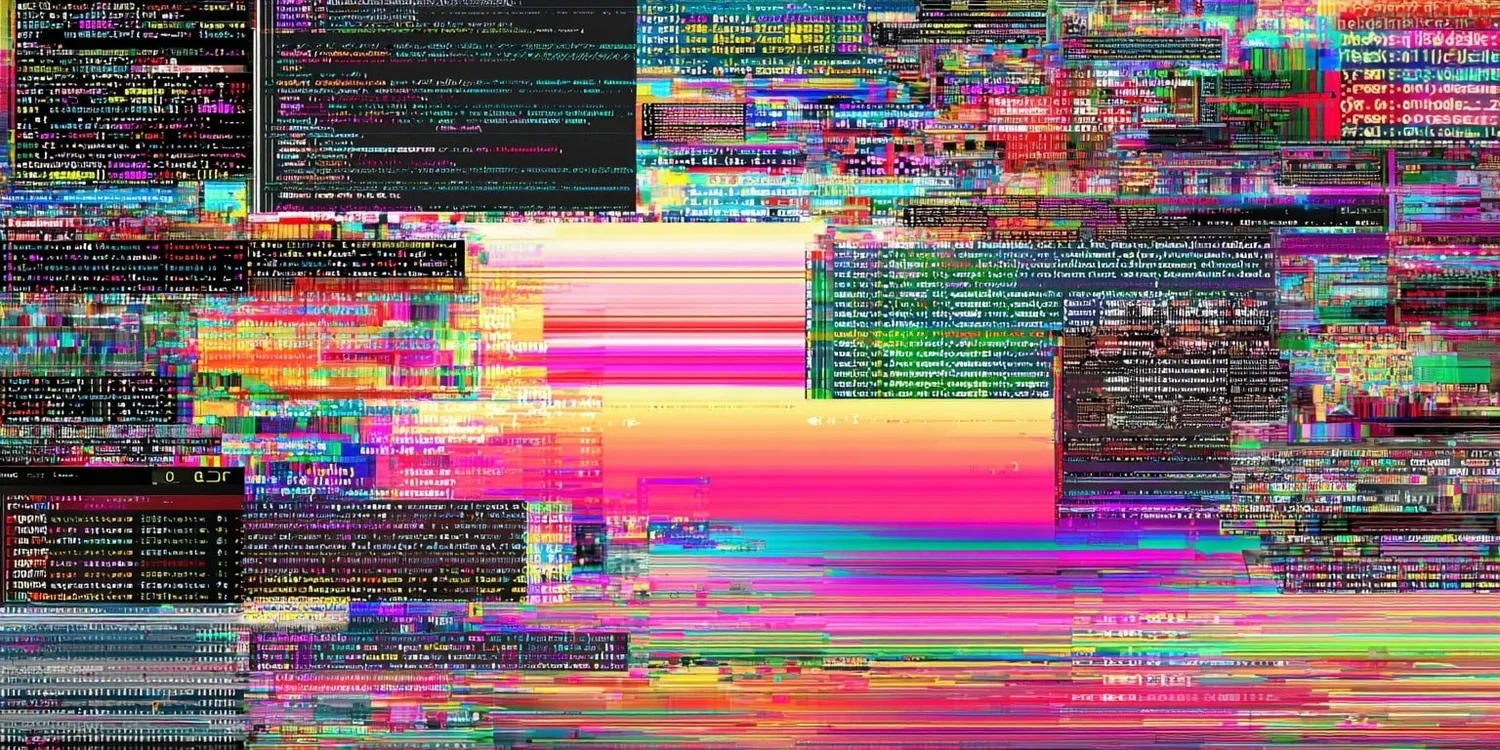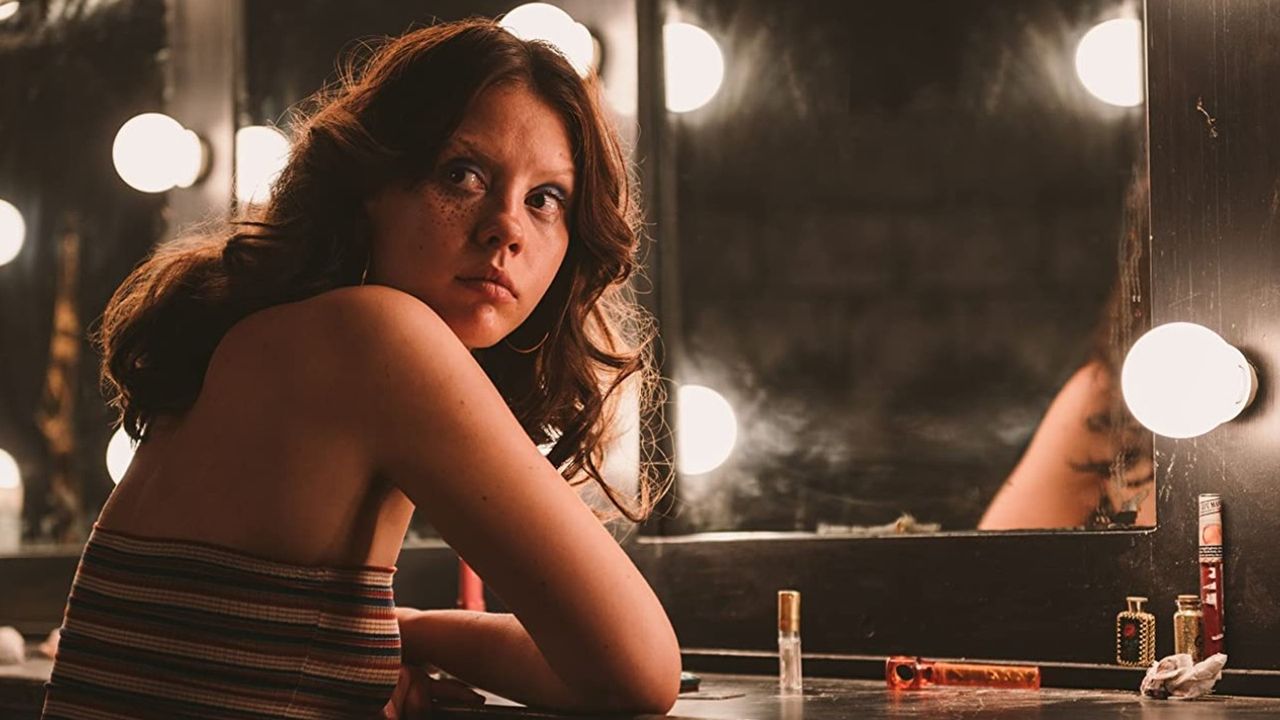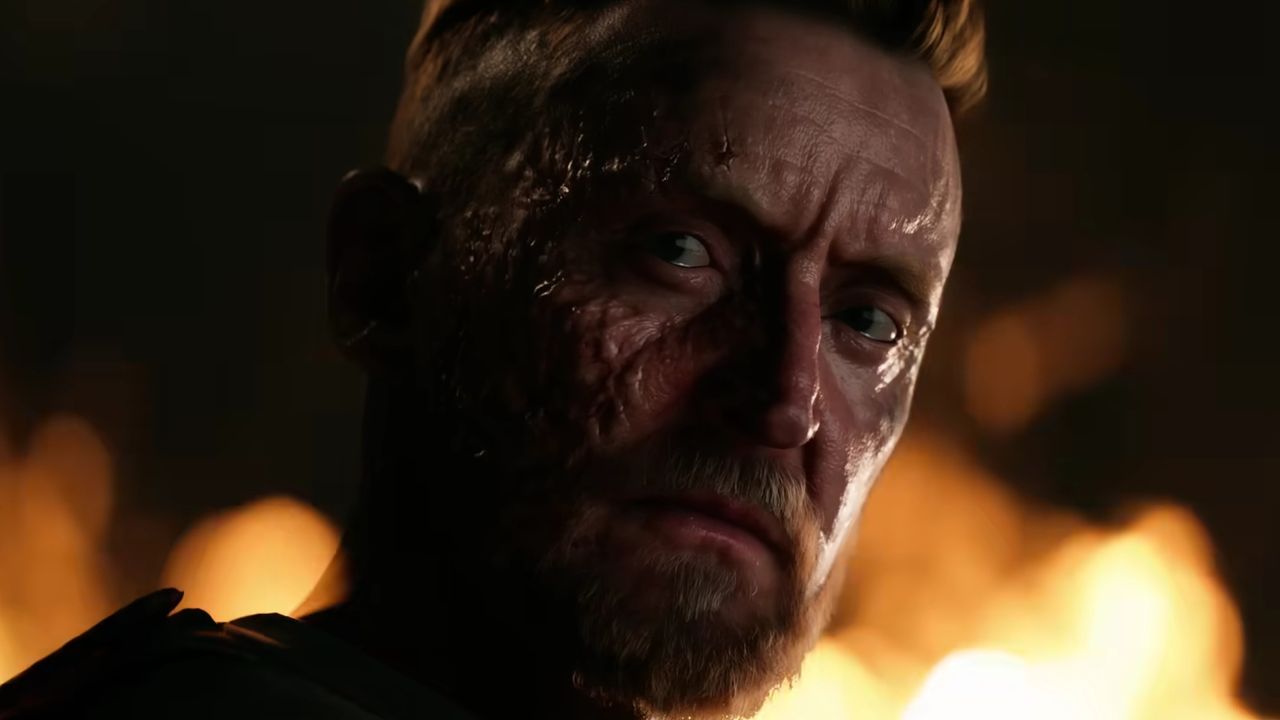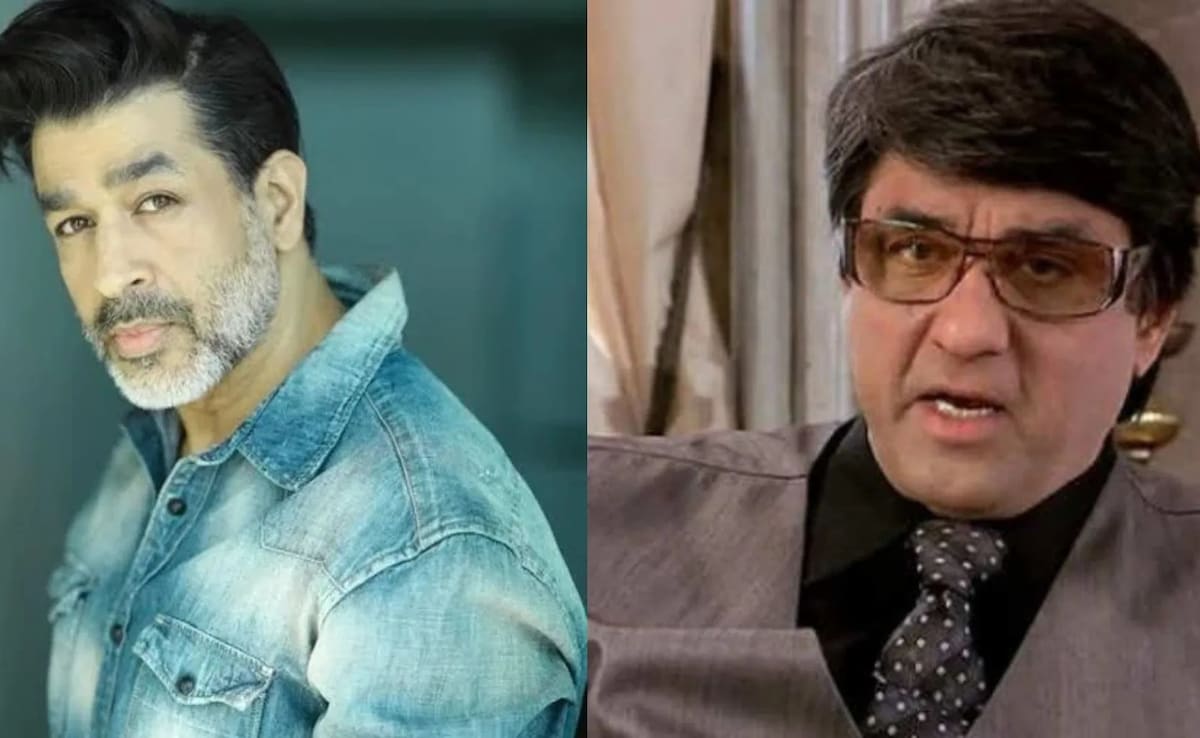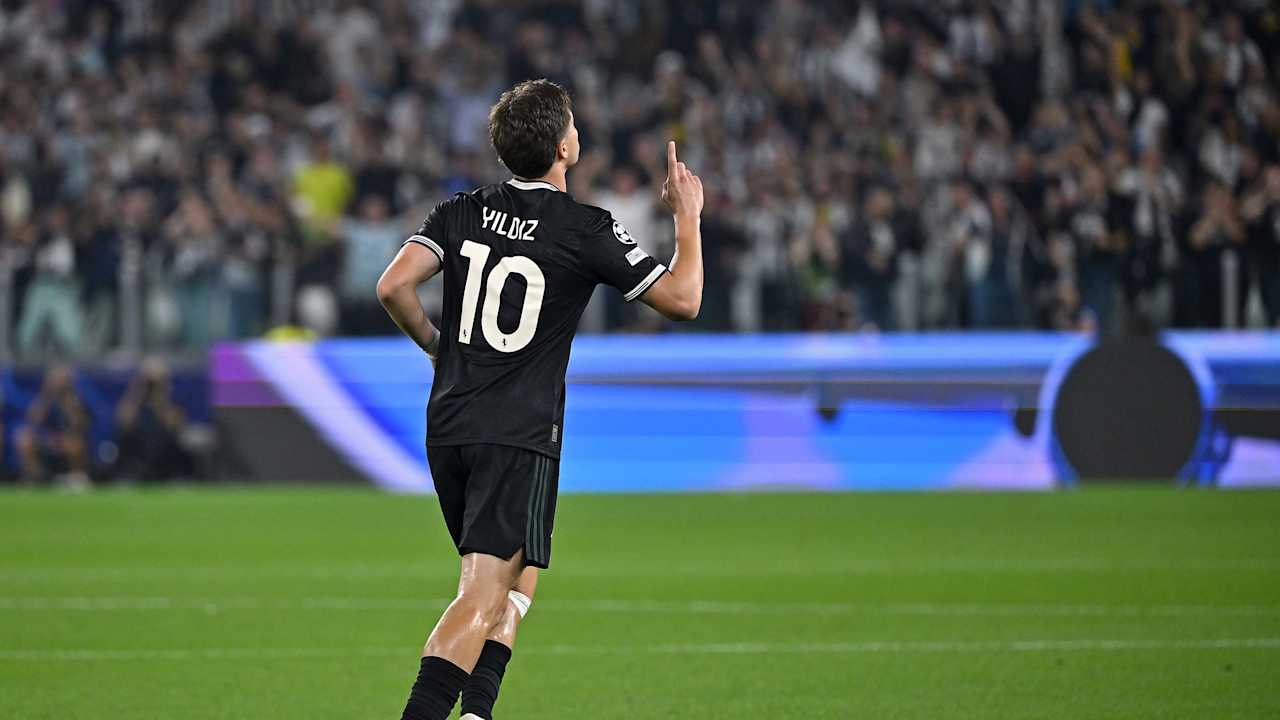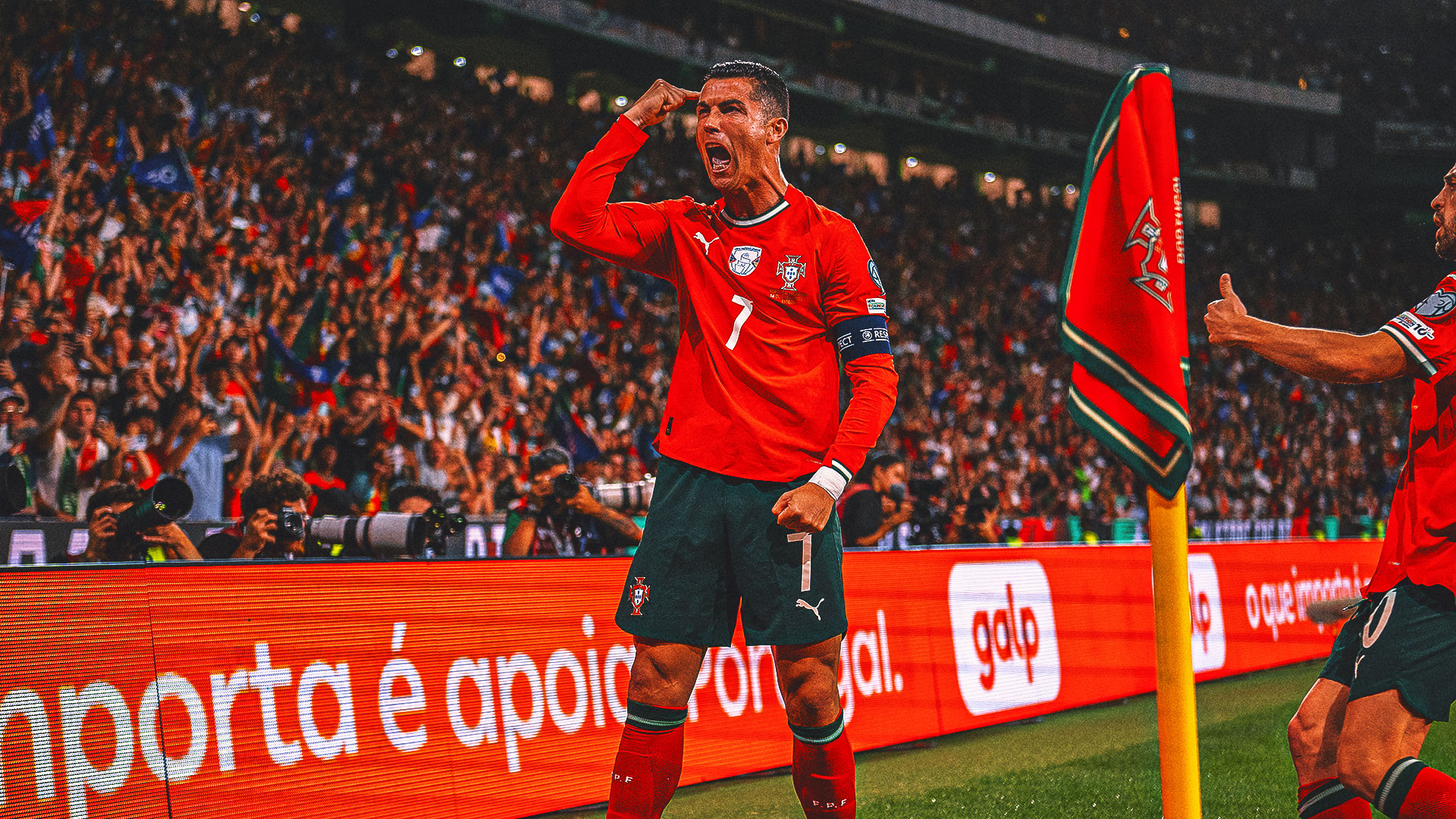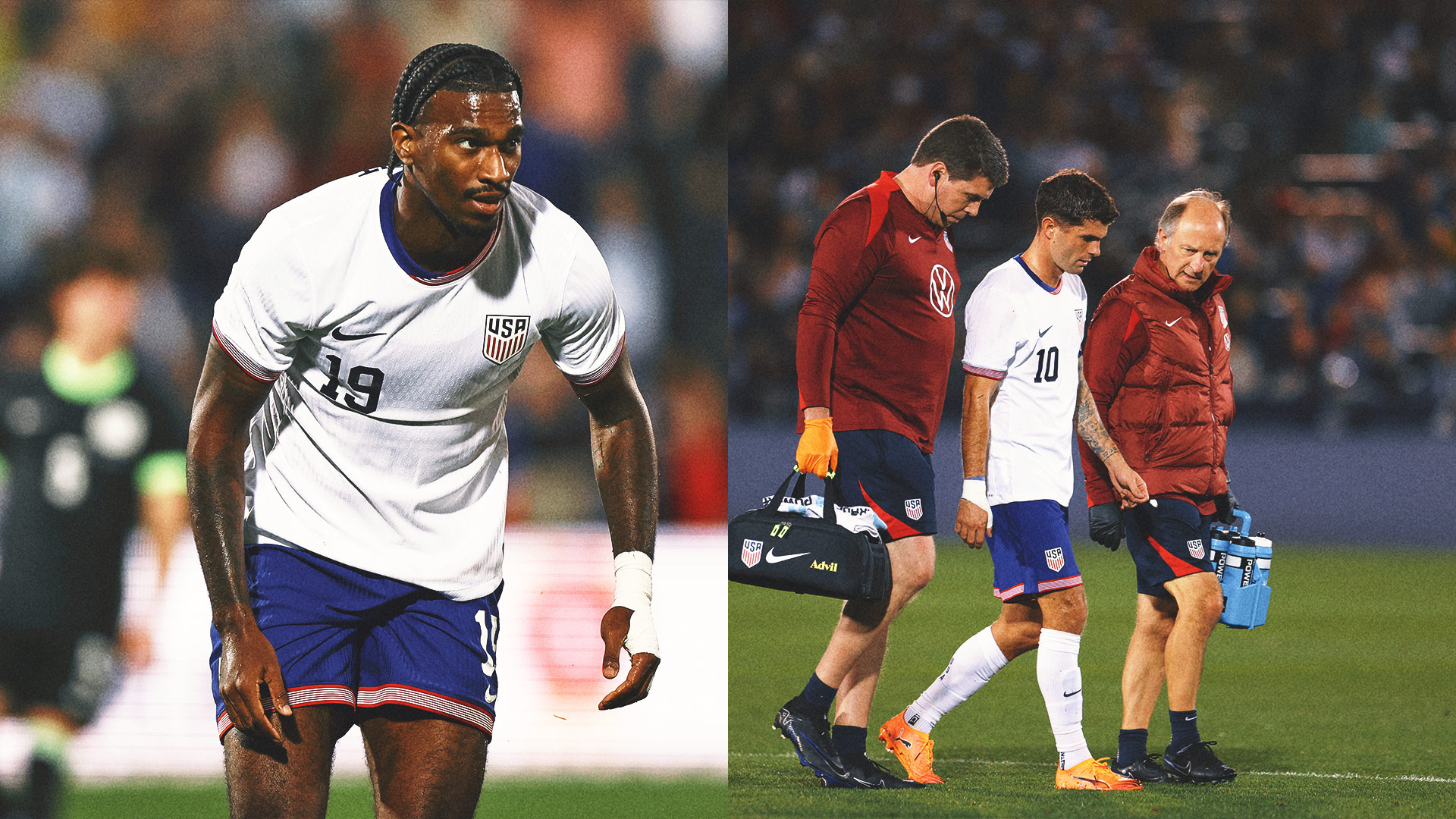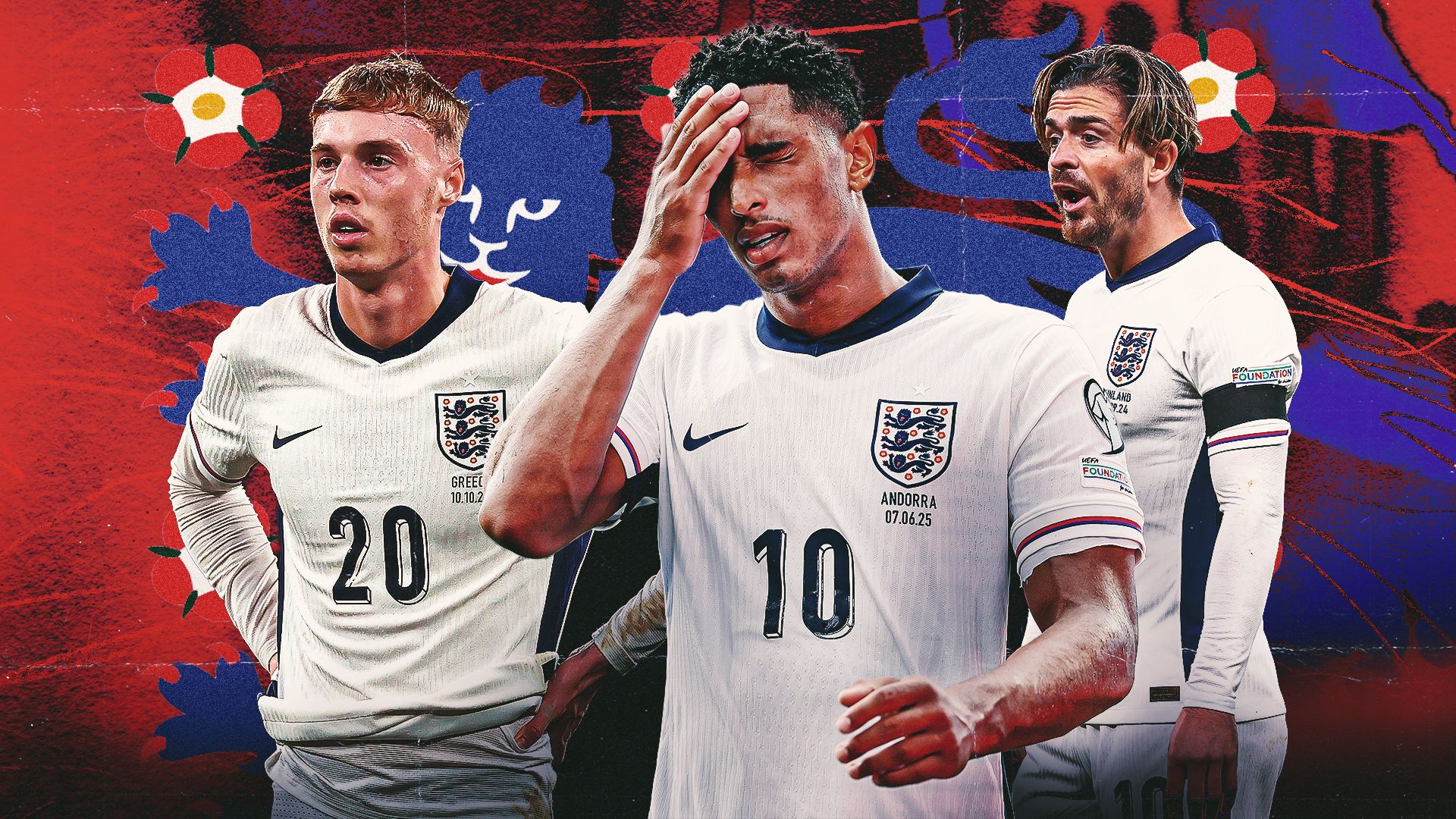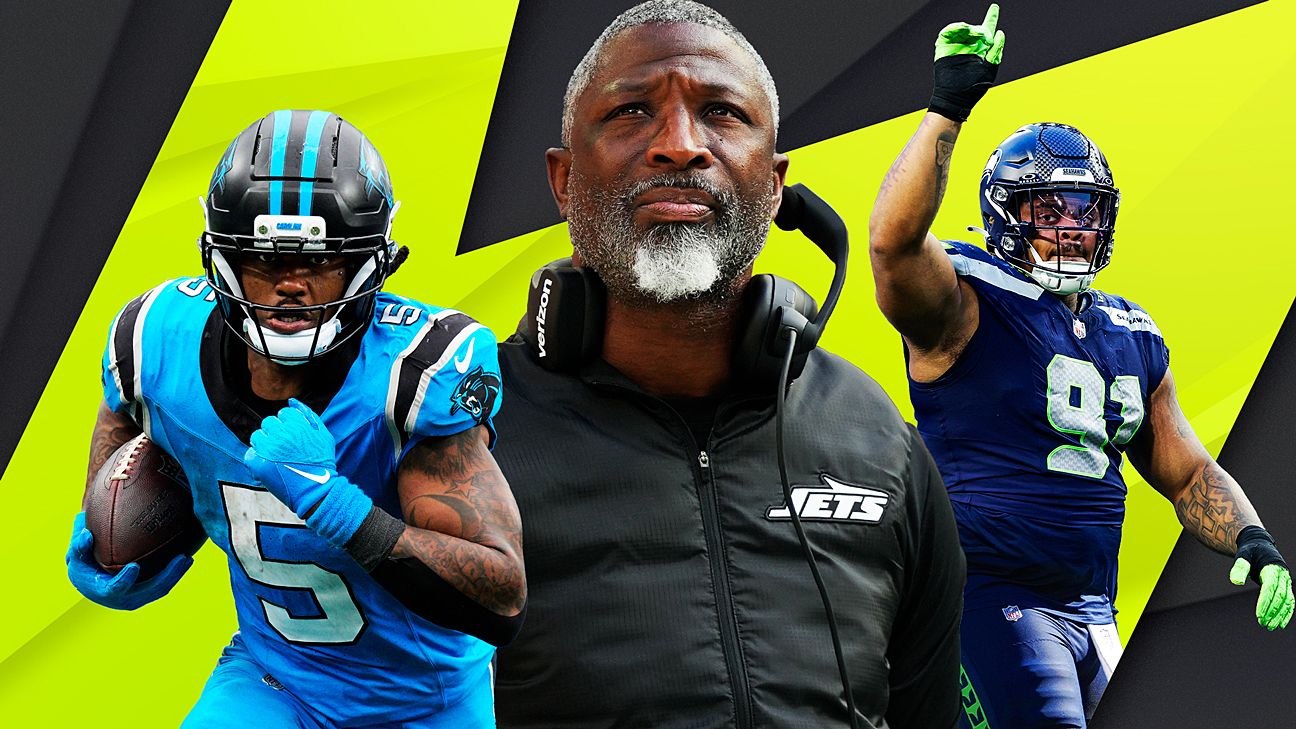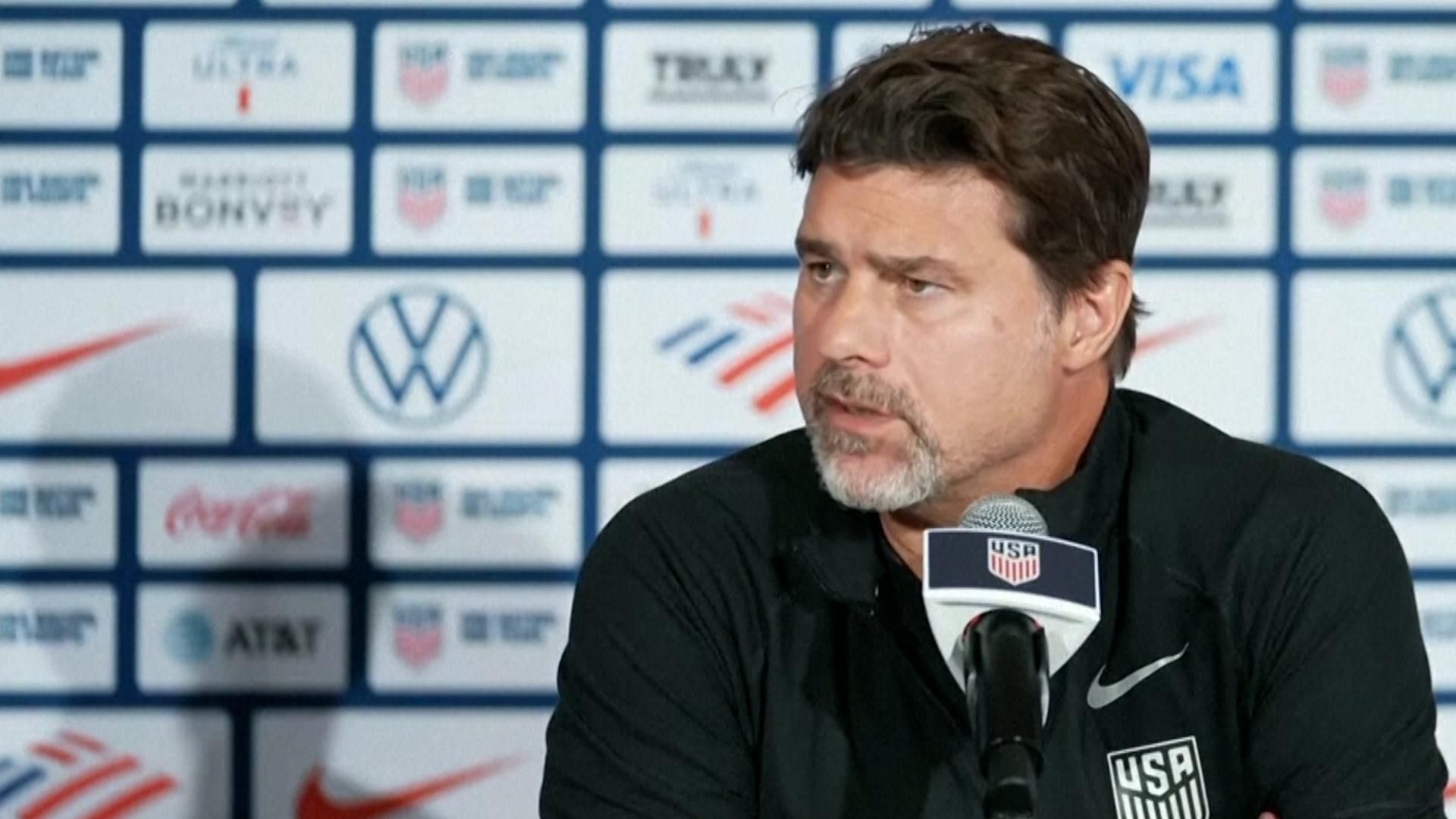Why hasn't Purdue football scored more points? Red zone offense operates in the red

.
WEST LAFAYETTE — Purdue football’s continued improvement in multiple facets and continued stagnation in the win column color all of the conversations in the Kozuch Football Complex these days.
For instance, consider the number of things Boilermakers offensive coordinator Josh Henson could be referring to with this quote.
“We’re so close but so far away, just because there’s small things by different guys here and there,” Henson said. “That’s just continuing to develop and grow as a team.”
In this case, Henson was answering questions about the offense’s continued lack of success inside the 20-yard line. Purdue reaches the red zone an average of four times per game against FBS opponents. That's right on the Big Ten average of 3.97 per game.
However, the Boiler offense succeeds inside the 20 less frequently than anyone in the conference. It has converted 14 of its red zone 20 possessions into a touchdown or field goal. That means 30% of the time, it comes up empty. Its red zone touchdown percentage of 40% is tied with Northwestern, Saturday’s opponent, for last in the league.
Purdue scored on its first three red zone possessions of the season — three touchdowns and a field goal — against Ball State. (Its season percentages also include technically not converting its final red zone possession that day — a single snap resulting in a Malachi Singleton kneel down.)
Since that game, however, the offense failed to score on five of 15 red zone tries against USC, Notre Dame, Illinois and Minnesota. Five Big Ten teams have scored on 100% of their red zone chances against Power Four opponents, and five others have scored on at least 90% of them.
When you look inside the red zone numbers against five FBS opponents, things get worse:
- Of the 57 plays run inside the red zone, almost 23% (13 of 57) resulted in either a negative rush, a sack, a penalty or a turnover.
- Purdue has completed 7 of 18 passes inside the red zone. More of its snaps inside the 20 have resulted in interceptions (four) than touchdown passes (three).
- On its 25 red zone carries (not including sacks and that kneel down), Purdue has gained 69 yards. That’s a 2.76 yards per carry average. (If you remove two 1-yard touchdown runs, the average increases to 2.91.)
Lead back Devin Mockobee’s 11 red zone carries have netted 20 yards. Perhaps as a result, Antonio Harris and Singleton received more red zone carries at Minnesota.
“We had a chance the other night after we get a first down to run the ball in, and we messed it up,” Henson said. “We had even numbers. Everything was there for the taking. We called a run play right after that play and it didn’t go anywhere.
“We’ve just got to continue to execute better.”
The red zone is also where Henson has deviated most from conventional offensive structure. The team has frequently used its “Hippo” package — adding a sixth offensive lineman and direct snapping to either Mockobee or backup quarterback Singleton.
Purdue also dips into its bag of tricks — “deceptives,” as coach Barry Odom calls them — as it nears the goal line. The first one worked — Mockobee's throw-back to Browne for a 14-yard score at Notre Dame. The second one — Mockobee's halfback pass targeting Michael Jackson III in the end zone at Minnesota — was intercepted.
Those potential seven points loomed large in a seven-point loss. Henson, though, defended the decision.
“I think the play we ran the other night had a very high percentage chance of working,” Henson said. “We stole defeat from the jaws of victory because we did not execute it properly.
“We’re going to be aggressive in what we do. We’re not going to be passive about what we do. We have other plays that we called that were straightforward, conventional plays and we didn’t execute."
Trick plays are high-risk, high-reward by their nature. Purdue was fortunate to score on its first gimmick this season — when Browne smartly picked up an unintentional lateral and ran it in past mass confusion for a touchdown. Mockobee throwing a forward pass against a defense with a pulse has a lower chance of success than one thrown by Browne.
Considering the lack of success the rest of the time, though, it’s hard to fault taking those chances. Henson and Odom have adhered to a given week's game plan when making those decisions. When a defense gives the look they want, they trust their preparation and trust their players to execute.
“When the deceptives work, it’s the greatest call ever, and when they don’t, like, 'what a bad call,'” Odom said. “We were the best coaches ever on the play call at Notre Dame, and then we throw an interception — on a very similar play that was open — and that was not a great call.
“I trust our coordinators. ... We’re aligned in how we’re calling it. We’ll be aggressive in every situation we can be. I know there’s not anybody putting in more time in building the game plan in all three areas than our guys do.”
Those coaches will keep working on the solution to making the success between the 20s succeed all the way to the end zone.
Nathan Baird and Sam King have the best Purdue sports coverage, and sign up for IndyStar's Boilermakers newsletter.
This article originally appeared on Indianapolis Star: Purdue football red zone offense can't score, turnovers, run game, trick plays
What's Your Reaction?
 Like
0
Like
0
 Dislike
0
Dislike
0
 Love
0
Love
0
 Funny
0
Funny
0
 Angry
0
Angry
0
 Sad
0
Sad
0
 Wow
0
Wow
0



















